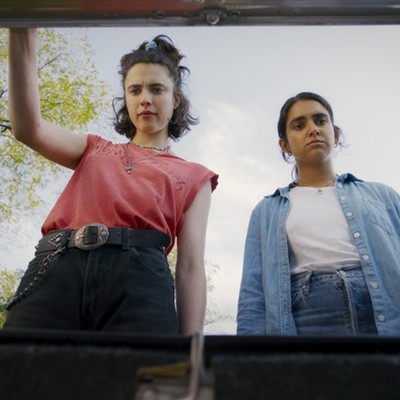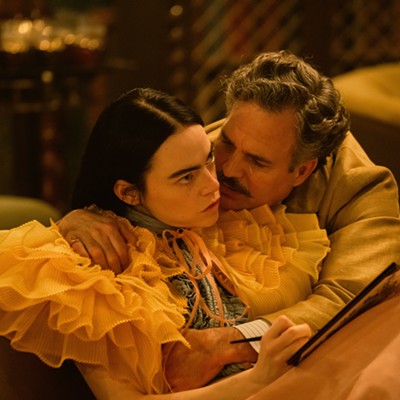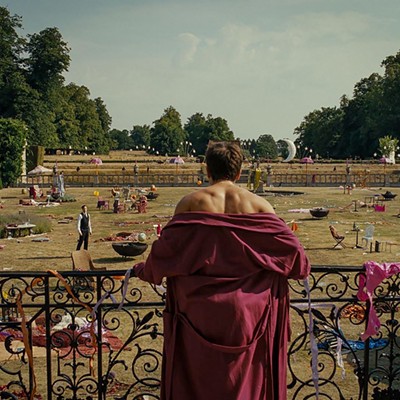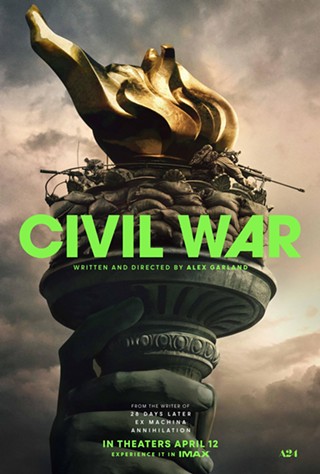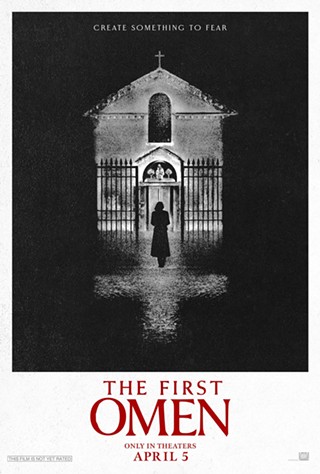While Hollywood studios throw hundreds of millions of dollars at the screen this season to see what sticks, the true blockbuster of the summer ought to be a $6-million Indian movie that is at once an old-fashioned period picture, a root-for-the-underdog sports drama, a heady though chaste romance, a comic study of community and an unabashedly sentimental musical.
Get ready, though, the whole shebang clocks in at just less than four hours.
Although its budget seems paltry compared to the latest special-effects melt-down, Lagaan is the most expensive musical to come out of the world's largest film industry, nicknamed "Bollywood" since it is headquartered in Bombay.
Nominated for this year's best foreign-language Academy Award, Lagaan took its sweet time getting to Tucson. Already you can rent the movie on VHS or DVD.
The makers of Lagaan-- writer-director Ashutosh Gowariker and producer-star Aamir Khan--must have wanted to position their film as an epic tale of legend with the potential to become legend itself. The film's subtitle, Once Upon a Time in India, evinces an awareness of movie history and a playful sense of ambition.
Avid film buffs will find it impossible not to flash back on great movies with similar titles: Sergio Leone's spaghetti Western Once Upon a Time in the West and his gangster epic Once Upon a Time in America, as well as Hong Kong impresario Tsui Hark's Once Upon a Time in China series.
The comparisons are appropriate. Lagaan has the same vast scope as those lavish movies and the richly saturated Technicolor-like look of classic epics of the 1950s and '60s. It's a movie trying hard to entertain, but one that succeeds while making it look easy.
The story takes place in the small, poor village of Champaner in 1893. It is the height of the Raj, England's occupation of India. The provincial British commander, the smirking and wholly unredeemable Capt. Russell (Paul Blackthorne), decides on a whim to double the annual tax (the lagaan) the farming citizens must pay to him through their local maharajah.
The people beg for mercy from Russell, but their pleas are for naught. The arrogant officer has been offended once time too many by the village's charismatic and handsome young bachelor, Bhuvan (Aamir Khan). Words are exchanged, masculinity is challenged, and Bhuvan commits the ultimate sin--he insults Russell's beloved game of cricket, which the British play incessantly in the Indian dust.
One thing leads to another, and a snippy Russell tenders an offer: If the Indian villagers beat his soldiers in a cricket match, he will suspend the lagaan for three years. If they lose, they must pay triple the regular tax, which would essentially destroy the community.
Since the number three seems significant, the villagers are given three months to learn to play cricket. During this time, a plucky, sophisticated and liberal Englishwoman (Rachel Shelley) teaches the villagers the intricacies of the game. It's appropriately ironic that she is the humane sister of Capt. Russell. She also takes a romantic interest in Bhuvan, raising color in the cheeks of his gorgeous but shy girlfriend, Gauri (Gracy Singh).
As Capt. Russell, Blackthorne capably represents the brutal capriciousness of English rule in colonial India. He curls his lip and spits out racist epithets with villainously effeminate vigor.
The cards are stacked against the English baddie, however, for his rival--Khan's Bhuvan--is not only an inspirational hero but also a true matinee idol with a flirtatious Cary Grant glimmer in his eye. Displaying a rugged chest, the 37-year-old Indian superstar is a certified hunk, and one who ably handles comedy, romance and high drama.
Like most Bollywood movies, Lagaan is a musical in the grand tradition. And its elaborate production numbers--which do not to stall the action but help propel it--are its delight. Five choreographers worked on the film. It shows in these massive routines, which combine elements of classical Indian dance with musical-theater styles. That the actors appear to be lip-synching to the voices of other singers rarely detracts from the joy with which the numbers are presented.
Parched Tucsonans may find one song particularly notable. It celebrates the arrival of the summer monsoon and the end of a two-month drought. The English translation of the Hindi lyrics include surprisingly poetic lines such as "Dark and dense come the swirling clouds."
Minor plot conflicts address the inhumanity of India's caste system, the natures of some Hindu gods, religious tensions between Indian Muslims and Hindus, the threat of miscegenation and intra-racial prejudice among Indian peasants and the collaborator-like servants of the Raj.
These complications are mostly resolved within the ragtag cricket team that Bhuvan assembles, a group that accidentally calls to mind the little-leaguers of The Bad New Bears and the exotic dancers of The Full Monty. The roster includes a constantly bickering pair of neighbors, a pre-teen boy, a mad-eyed fortune-teller, the mute village drum-beater, the middle-aged doctor, a dignified blacksmith and a disabled "untouchable."
This jubilant film prompts only a minor quibble. Americans watching the cricket competition--which takes three days, and feels like it--probably will be more confused than the Indian villagers playing their first match. Compared to the rest of the film, the extended sequences depicting the game seem needlessly prolonged. Maybe that's because the match unfolds without any singing and dancing.


